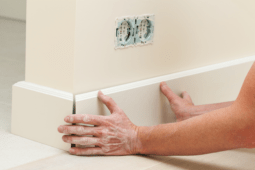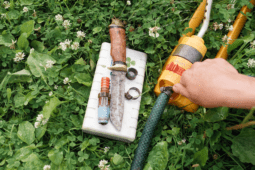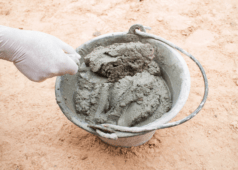Rain Barrel System: How to Install and Maintain One
In today’s world, where environmental conservation and sustainable living are becoming increasingly important, rain barrel systems have emerged as a practical and eco-friendly solution for homeowners and garden enthusiasts. However, self-sustainability is another reason that many have chosen to build their own rain collection systems, bringing them one step closer to being completely independent of the grid.
Ever pondered the art of off-grid living? ‘Survival Sanctuary’ offers a fascinating peek into the world of DIY water wells and solar panels. Ready to explore? Click now and open the door to a more self-sufficient lifestyle.
Understanding the Function of Rain Barrel Systems
A rain barrel system typically consists of a large container, a downspout diverter, and a filter to collect and store rainwater from the roof of a building. When it rains, the water flows from the roof into the gutter and through the downspout, where it is directed into the rain barrel. The filter prevents debris and contaminants from entering the system, ensuring that the collected water is clean and suitable for various uses.
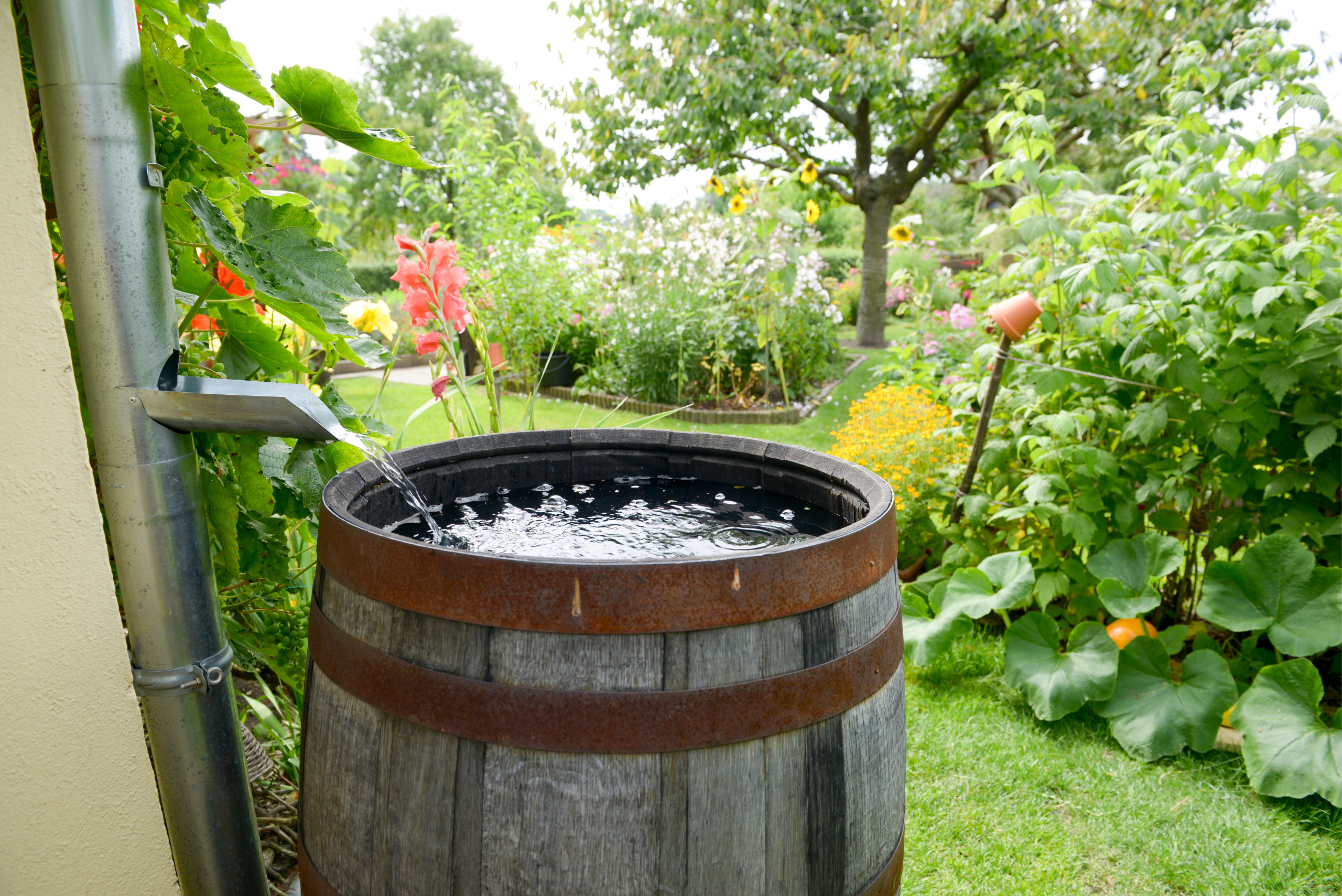
Choosing the Right Rain Barrel for Water Collection
When selecting a rain barrel, it’s essential to consider factors such as capacity, material, and design to ensure that it meets your specific needs and complements your outdoor space. Rain barrels come in various sizes and materials, including plastic, wood, and metal, each with its own set of advantages and considerations.
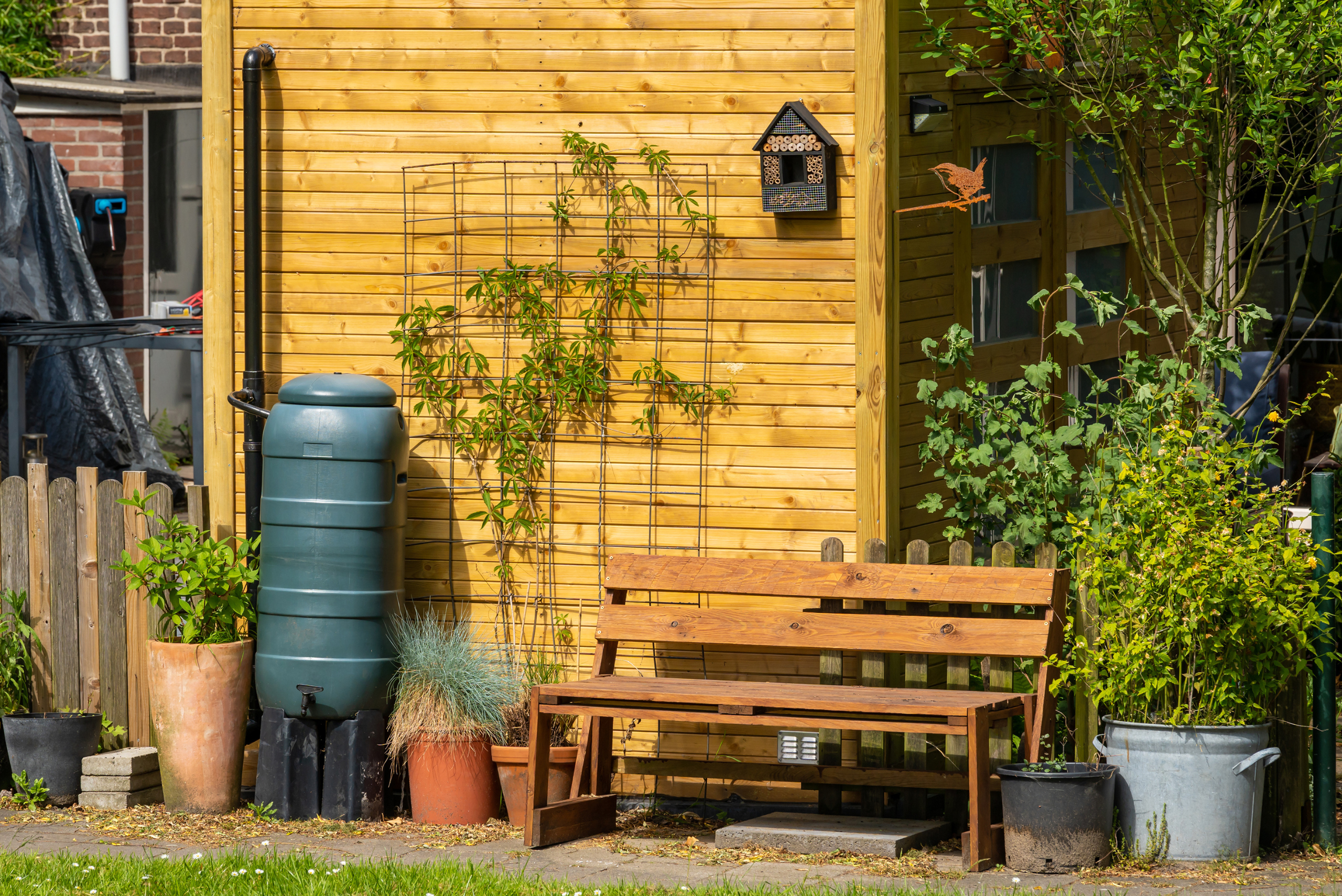
Whether you opt for a traditional barrel style or a sleek, modern design, there are plenty of options to suit your aesthetic preferences and functional requirements. Also, you can embark on a DIY project and make your own, but make sure to follow a trusted guide when building out your water collection system.
Installing a Rain Barrel System in Your Home
Setting up a rain barrel system is a relatively straightforward process that can be completed with basic tools and equipment. The key steps include positioning the rain barrel beneath a downspout, securing it on a stable base, and connecting it to the gutter system. Proper placement and maintenance are crucial for maximizing the efficiency of the system and ensuring optimal water collection throughout the year.
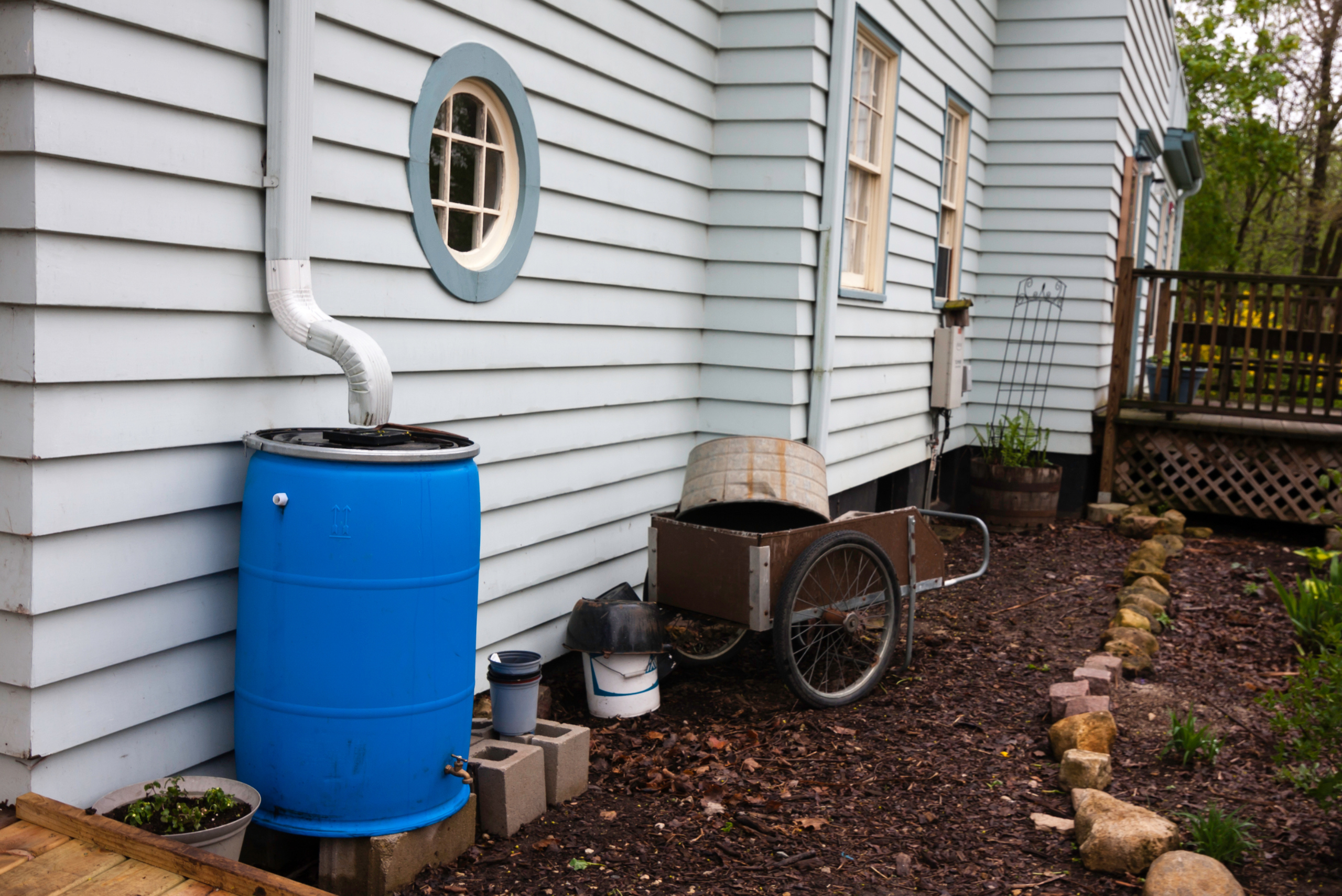
Collecting Rainwater for Garden Use
Utilizing rainwater for gardening offers a range of benefits, including cost savings, reduced reliance on municipal water sources, and healthier plants. Rainwater is naturally soft and free of the chemicals found in treated water, making it an ideal choice for watering gardens, lawns, and potted plants. By incorporating a rain barrel system into your outdoor space, you can make the most of nature’s gift and contribute to sustainable gardening practices.
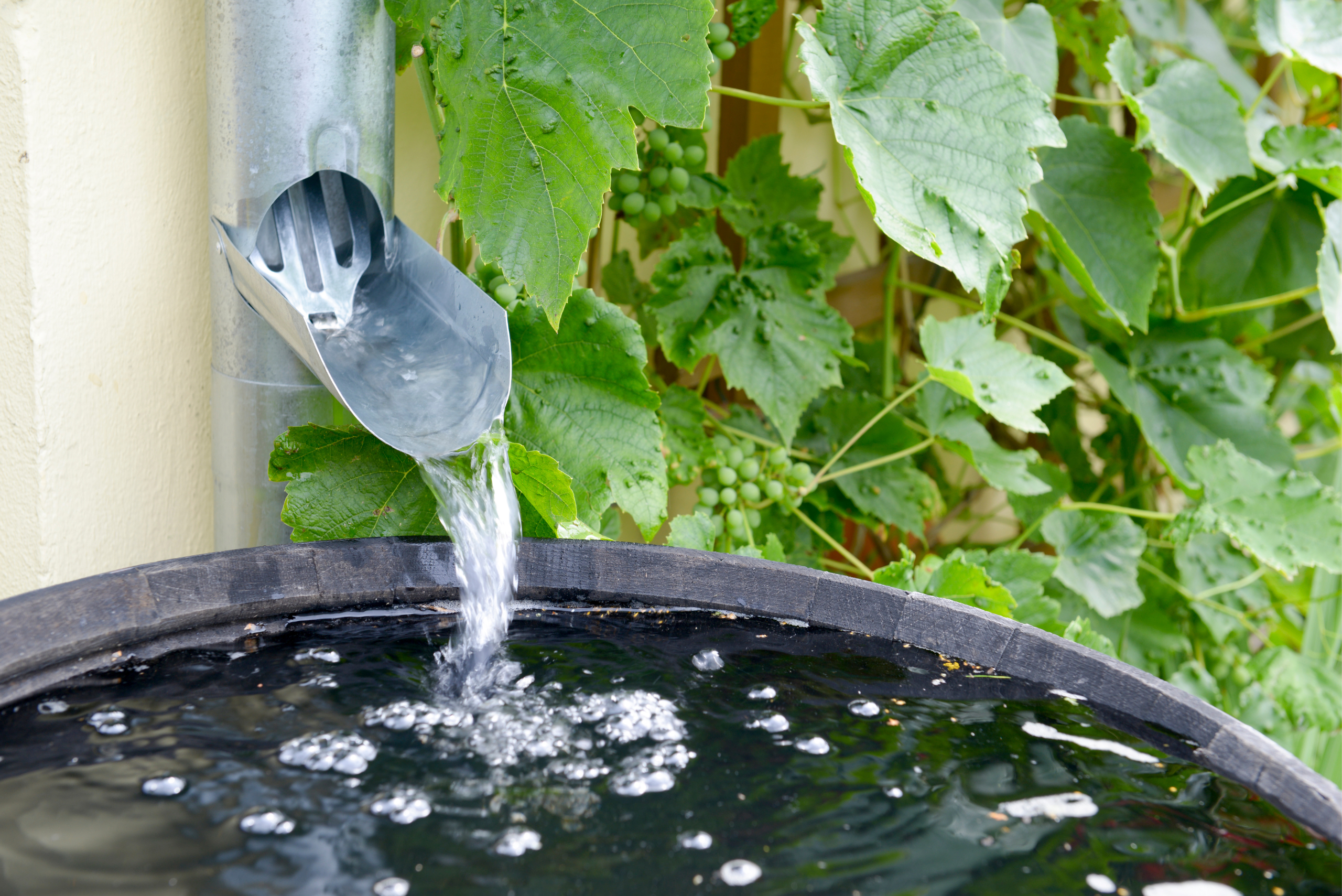
DIY Rain Barrel System Projects
For those who enjoy hands-on projects and are looking to save money, DIY rain barrel systems offer a creative and cost-effective alternative to store-bought options. Building a rain barrel can be a fun and rewarding experience, and there are numerous online tutorials and guides available to help you get started. With the right materials and tools, you can customize your rain barrel to suit your preferences and create a functional, eco-friendly addition to your home.
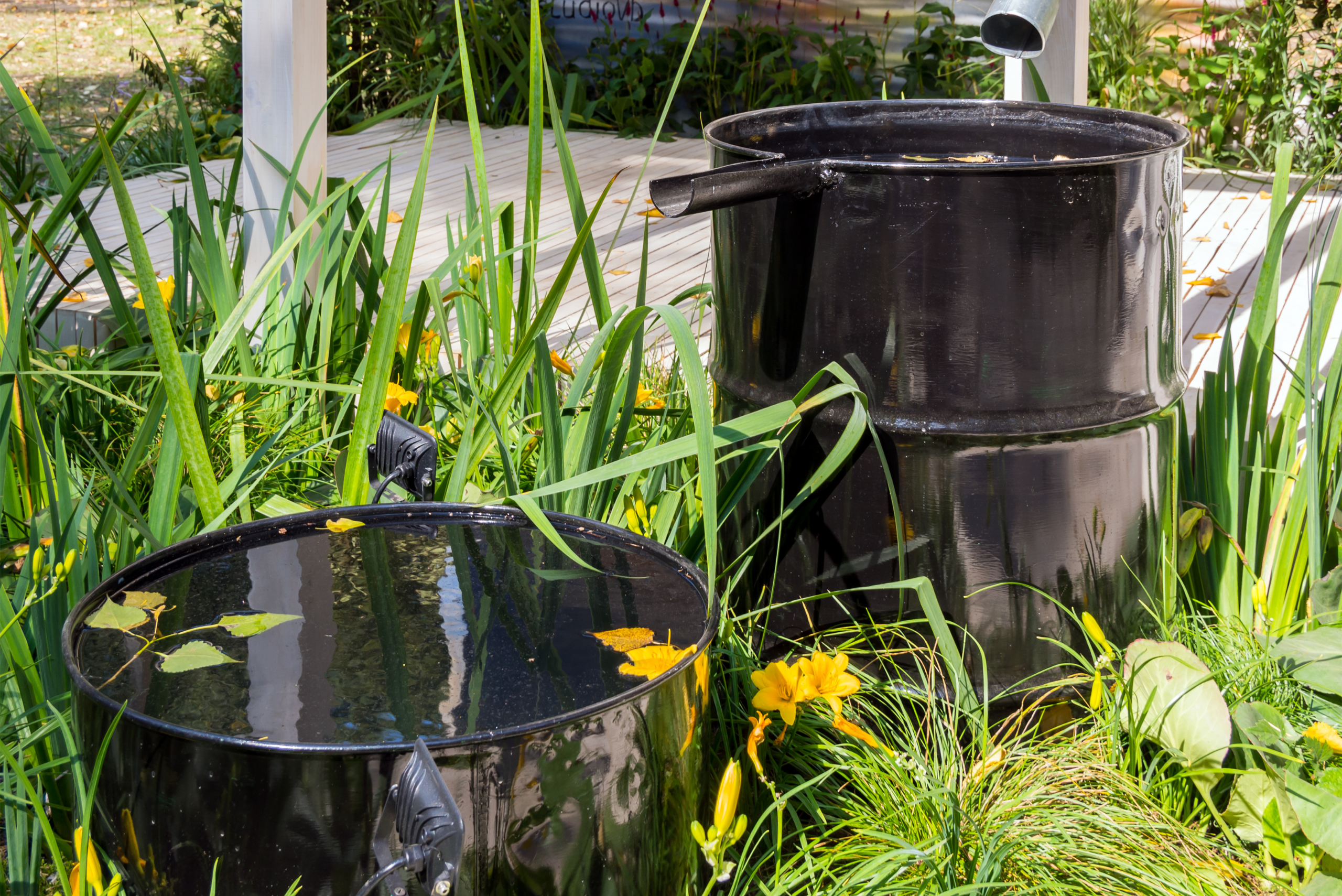
Rain Barrel System Maintenance
Regular maintenance is essential to ensure the longevity and efficiency of a rain barrel system. This includes periodic cleaning of the barrel and filter, as well as inspecting the components for any signs of damage or wear. By staying on top of maintenance tasks, you can prevent clogs, leaks, and other issues that may affect the performance of the system.
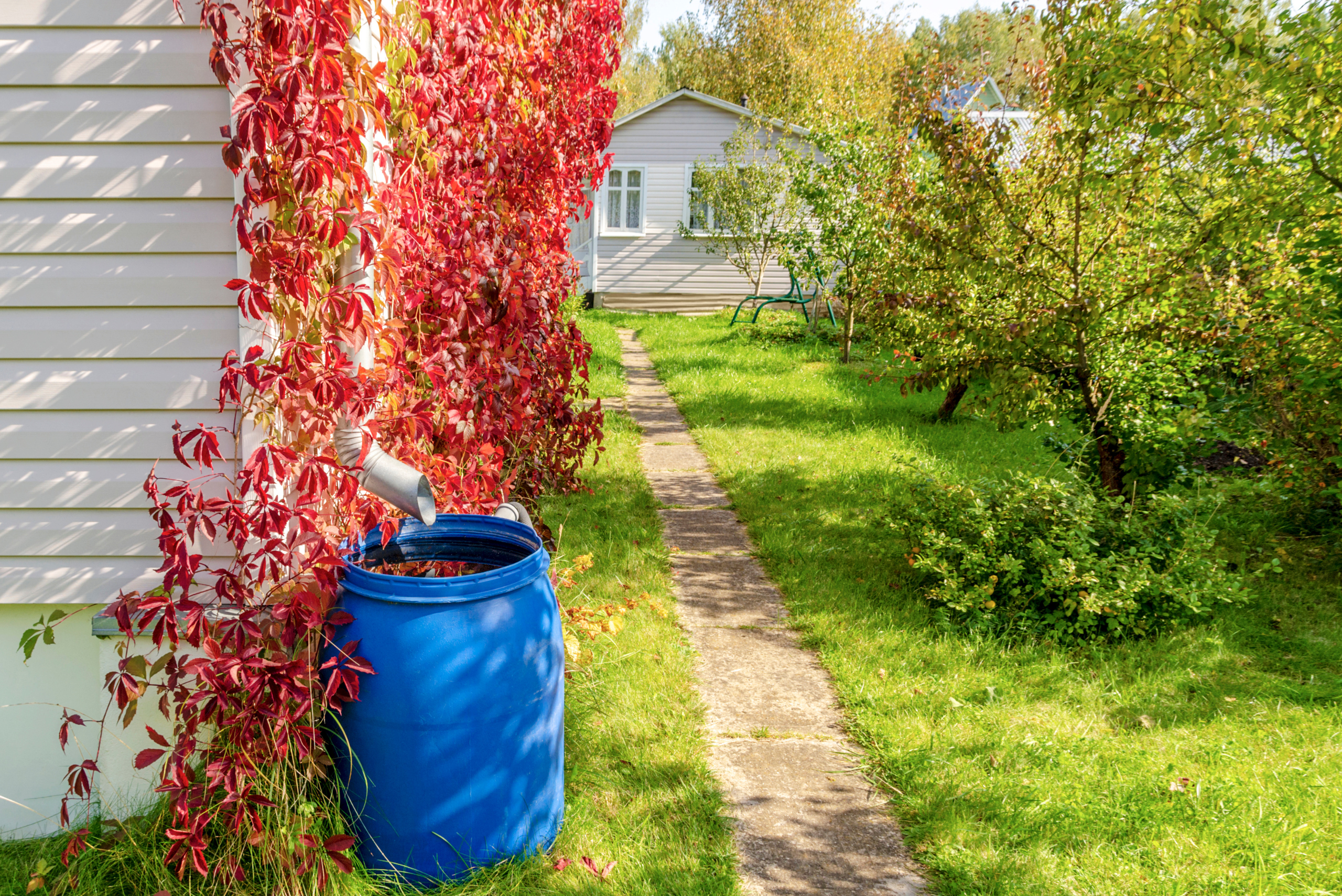
Using Rainwater for Household Purposes
In addition to garden irrigation, rainwater can be utilized for various household purposes, such as washing cars, filling decorative fountains, and supplementing non-potable water needs. However, it’s important to note that rainwater collected from roofs may contain contaminants, so it should not be used for drinking, cooking, or bathing without proper filtration and treatment.
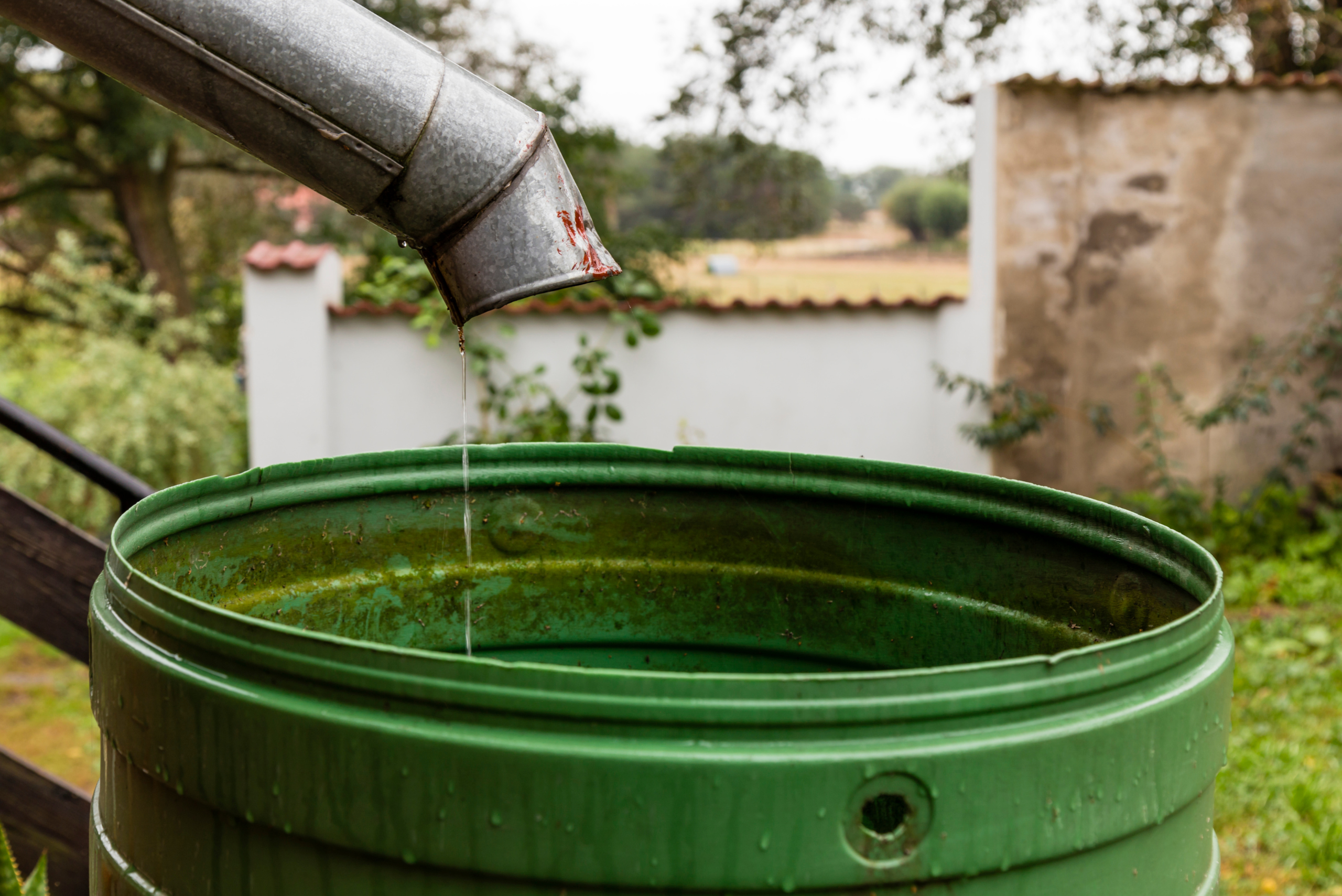
Alternatively, you can enhance your water-gathering system by upgrading it to have a water purifying function, allowing you to safely consume the water or use it to water your garden for a healthy harvest.
Environmental Impact of Rain Barrel Systems
Rain barrel systems play a vital role in reducing water consumption and minimizing stormwater runoff, which can carry pollutants and debris into local waterways. By capturing rainwater and using it for irrigation and other non-potable purposes, homeowners can help alleviate the strain on municipal water supplies and promote environmentally responsible practices. Additionally, rain barrel systems contribute to the conservation of natural resources and support the preservation of ecosystems.
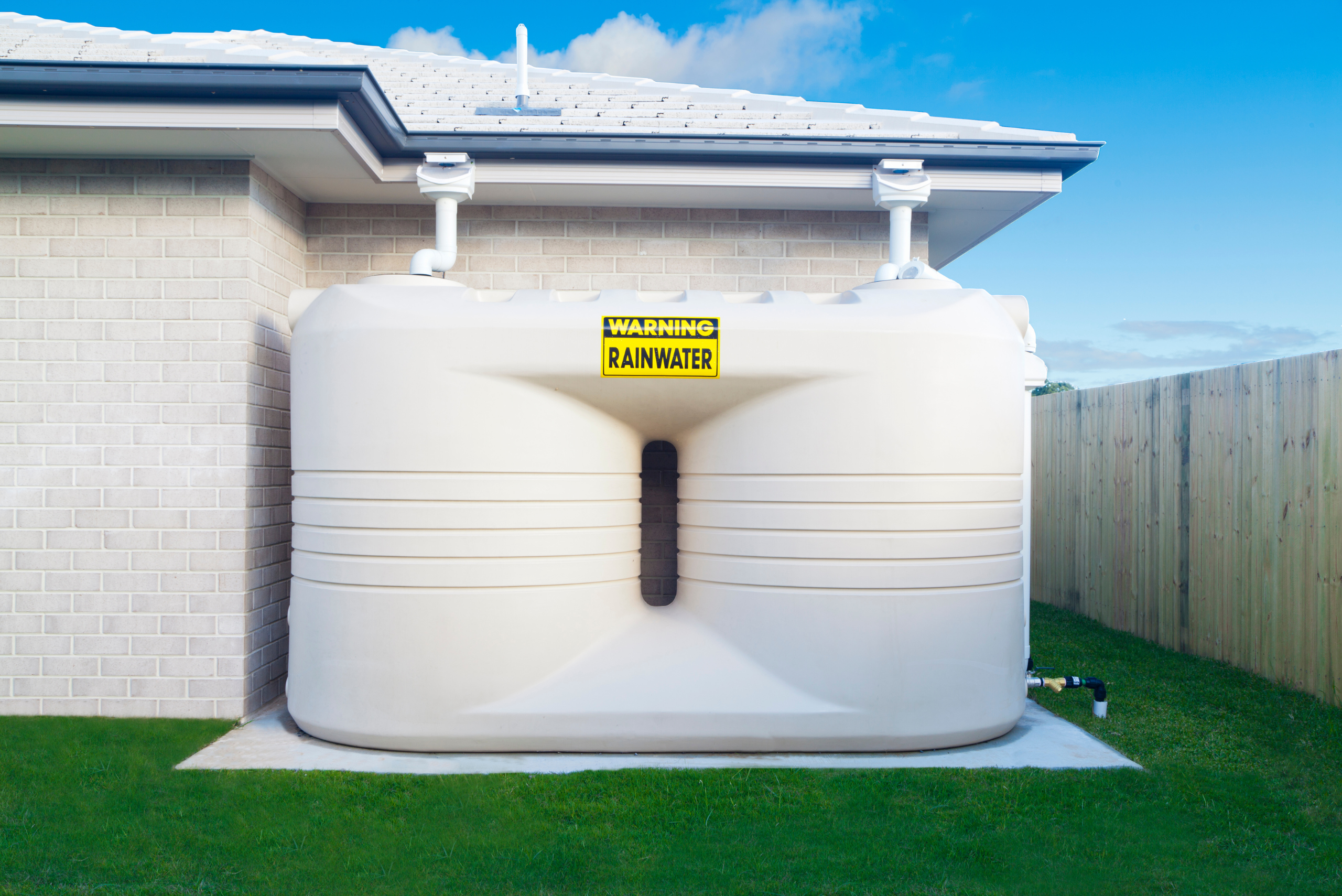
Related Articles:
- The Benefits Of Using A Rain Barrel To Water Your Garden
- How to Install a Channel Drain
- DIY Rain Barrel: How to Make a Homemade Rain Barrel
As we wrap up, consider delving into the world of DIY with ‘Survival Sanctuary.’ It’s more than a book; it’s a journey towards self-sufficiency. Explore the possibilities and get inspired to take on other self-sustainable DIY projects. Click here to discover your path to resilient living and uncover the potential of taking full charge of your life.


